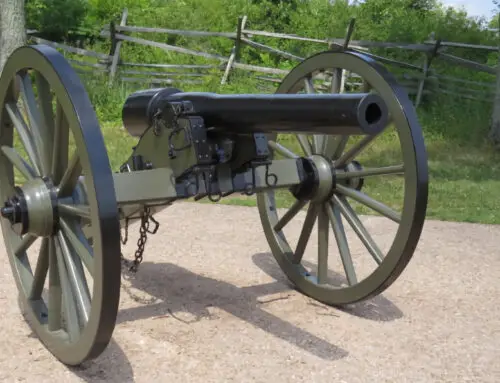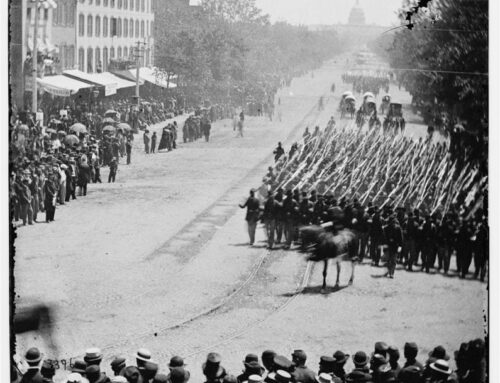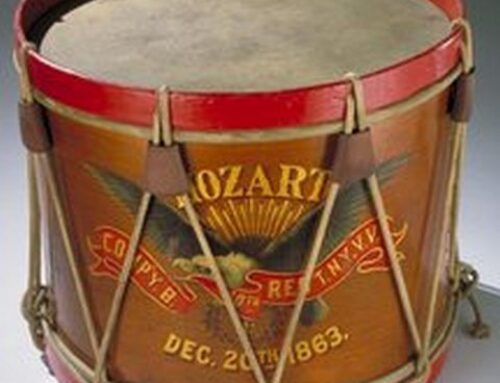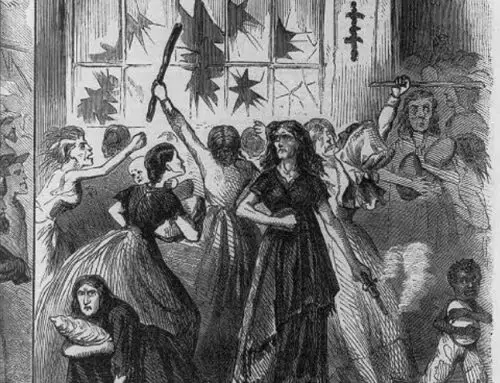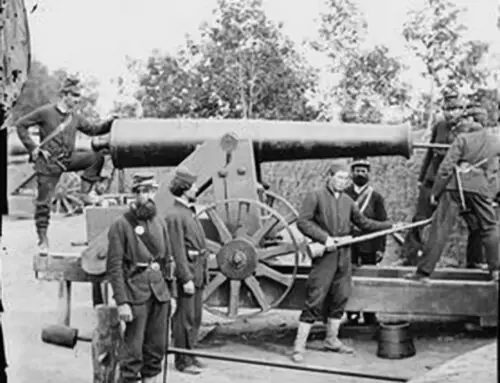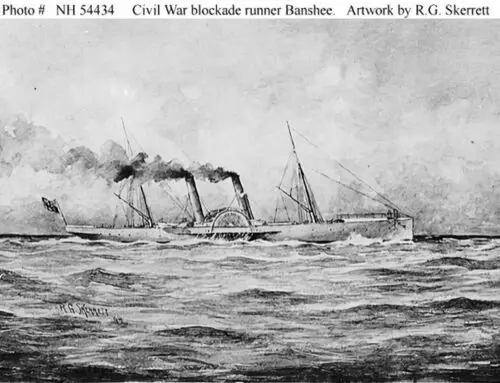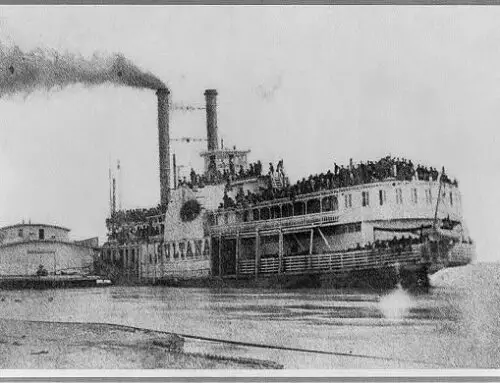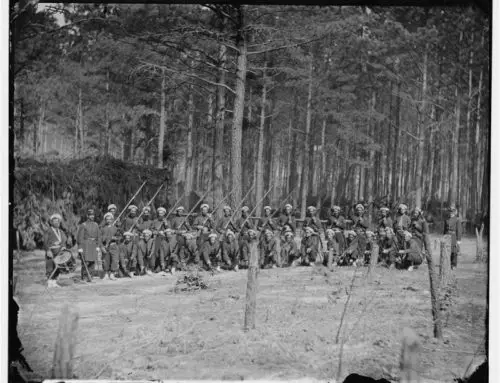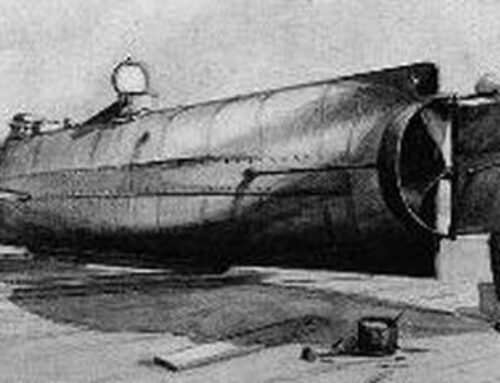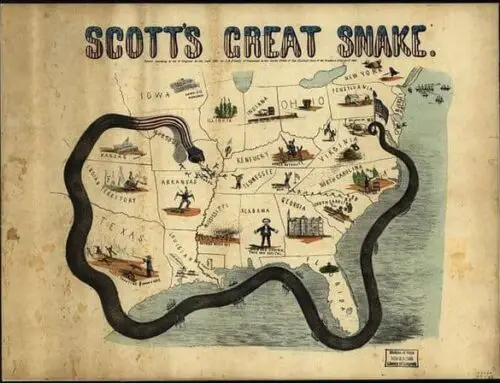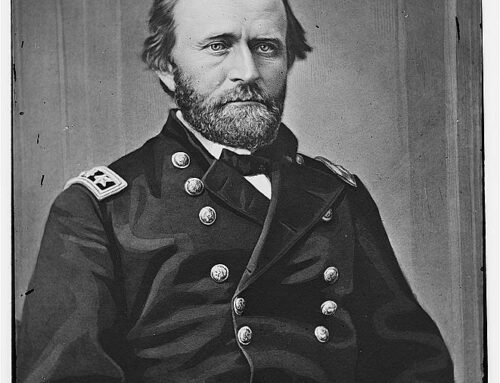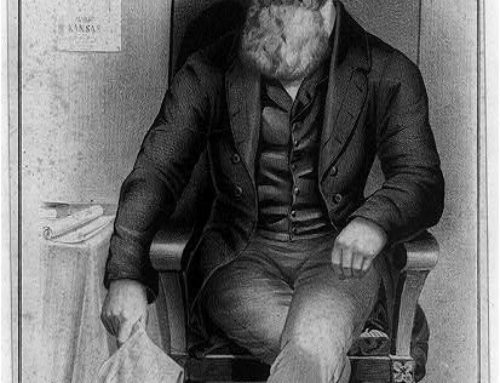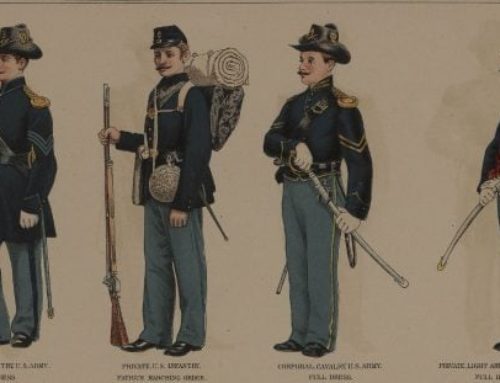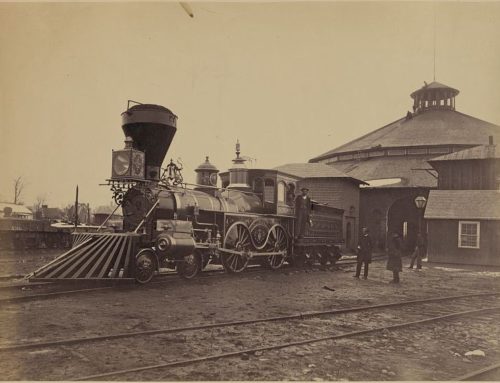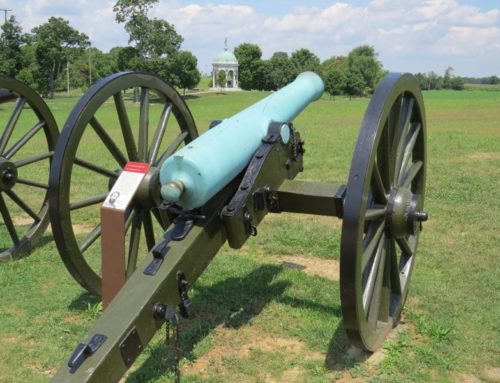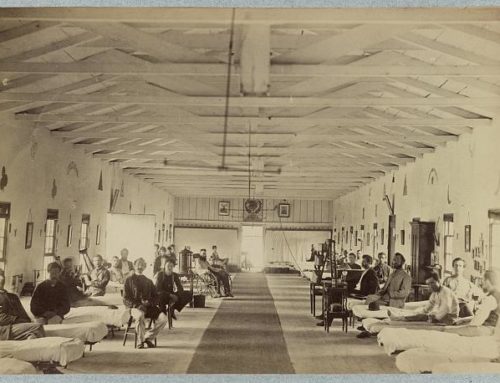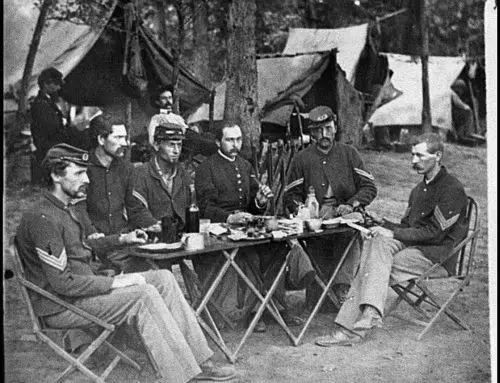(1854-1861)
Bleeding Kansas was the result of the Kansas-Nebraska Act passed in 1854. This act superseded the Missouri Compromise of 1820.
Under this act it was up to the settlers in Kansas to vote and decide if they wanted to allow slavery or not allow slavery.
Since Kansas borders Missouri many pro-slavery people began moving to Kansas from Missouri. Anti-slavery settlers also begin moving to Kansas coming primarily from northern states.
These people were called free-soil settlers and they also included abolitionist who were fanatically against slavery.
The Pro-slavery and free-soil settlers could never get along with each other. Violence soon began to break out between the two groups.
If you would like to learn more about Bleeding Kansas read #ad Bleeding Kansas: Contested Liberty in the Civil War Era
Since the Kansas-Nebraska Act enabled the people who lived in the territory to decide if Kansas would be a free state or slave state each side scrambled to get as many people into the territory as possible so they could win the vote which would decide the future of Kansas.
Each side also setup their own government in the territory with the free-soil settlers capital in Lawrence and the pro-slavery capital in Lecompton only a few miles away. United States President Franklin Pierce only recognized the pro slavery capital.
The Free-soil settlers simply wanted to live in peace and work their land, slavery was of no concern to them but they did not want it anywhere near them. These were farmers who wanted the land for themselves. Free-soil settlers were just as racist as the pro-slavery settlers and they knew that plantations near them meant less land and more African Americans, this was the reason they fought so hard against the pro-slavery settlers.
Bleeding Kansas is Similar to Another Conflict
The fight between the groups in Kansas is very similar to the fight in later decades between the homesteaders and the cattle barons out west. Homesteaders wanted land that they could fence in and farm or raise livestock while the cattle barons wanted open spaces so they could freely move their cattle across the country. Fences prevented the cattle barons from using the land.
In both instances it was all about the land and who controlled it.
It was only the abolitionists led by people such as John Brown who truly despised the entire institution of slavery and who fought for the freedom of all slaves. The abolitionists were a small fringe group and only made up a small percentage of the people in Kansas.
Free-soil settlers far outnumbered both abolitionists and pro-slavery settlers.
Bleeding Kansas Gets Violent
There was sporadic violence in the territory until on May 21st 1856 pro-slavery men attacked and ransacked the free-soil capital of Lawrence.
This was a coordinated attack against a free-soil town. It caused a lot of damage, the pro-slavery men burned many buildings down including the hotel and newspaper building.
On May 24th 1856 in retaliation a small group of Abolitionist led by John Brown attacked and murdered five pro-slavery settlers which came to be known as the Pottawatomie massacre.
The last major act of violence in Kansas took place on May 19th 1858 when eleven free-soil settlers were kidnapped by thirty pro-slavery men from Missouri. The free-soil men were taken to a ravine where they were shot. Five of the men were killed, five were wounded, and one escaped without being harmed. This event took place near the Marais des Cygnes river and is remembered as the Marais des Cygnes massacre.
Bleeding Kansas was finally resolved with the start of the Civil War in 1861. After the southern states seceded from the Union Kansas was formally declared a free state and joined the United States.
Approximately 56 people were killed resulting from the events of Bleeding Kansas.


